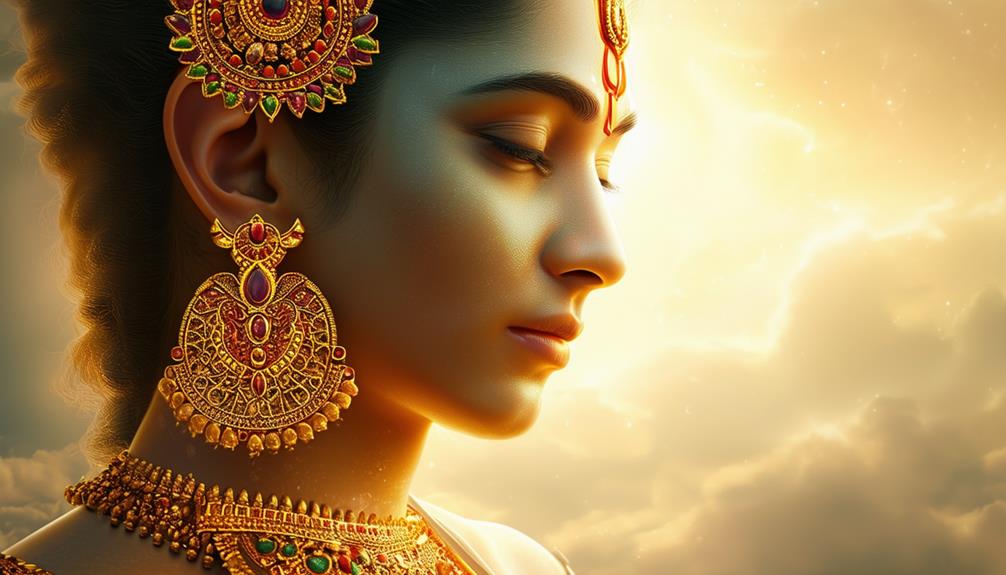
The Symbolism of Indian Jewelry: A Cultural Perspective
Jewelry has long been an integral part of Indian culture, serving not only as adornments but also as symbols of status, identity, and spirituality. Among the myriad forms of Indian jewelry, engagement rings hold a special significance as they mark the transition into a new phase of life. They are often elaborately designed, symbolizing the union of two families and the promise of a shared future. This symbolism extends beyond the engagement ring itself, weaving through the fabric of Indian jewelry as a whole, reflecting rich traditions, customs, and beliefs.
Indian jewelry varies dramatically across regions, each with its unique styles, materials, and meanings. For instance, gold is revered in Indian culture, often associated with prosperity and wealth. It is considered auspicious, and many families believe that wearing gold can attract good fortune. This belief is particularly evident during wedding ceremonies, where gold jewelry is presented as gifts to the bride, symbolizing her family’s wealth and the importance of the occasion. The weight of gold jewelry also reflects the family’s social status, with heavier pieces often seen as a display of prestige.
The symbolism of colors in Indian jewelry also plays a crucial role in conveying cultural values. Red, for example, is a prominent color in Indian traditions, symbolizing love, passion, and fertility. This is particularly significant during weddings, where red is often incorporated into bridal attire and jewelry. The use of gemstones in jewelry further enhances this symbolism. Each gemstone is believed to possess specific qualities and energies that can influence the wearer’s life. For example, rubies are associated with love and passion, while emeralds are believed to bring harmony and balance. This belief in the metaphysical properties of gemstones adds another layer of meaning to Indian jewelry.
In many Indian cultures, jewelry is not merely an aesthetic choice but also serves as a spiritual tool. For instance, religious symbols are often incorporated into jewelry designs, reminding wearers of their faith and beliefs. Pieces such as lockets featuring deities or symbols of protection are worn as talismans, believed to provide security and guidance. Such jewelry serves as a personal connection to spirituality, allowing individuals to carry their faith with them in their daily lives.
Moreover, the craftsmanship of Indian jewelry tells a story of cultural heritage and artistry. Traditional techniques such as Kundan, Meenakari, and Jadau have been passed down through generations, each technique reflecting the history and evolution of Indian artistry. The intricate designs and detailed work showcase the skill and dedication of artisans, preserving age-old traditions while creating pieces that resonate with contemporary aesthetics.
The symbolism of Indian jewelry is also deeply entwined with life events and milestones. For instance, certain pieces are specifically worn during rites of passage, such as a girl’s first menstruation, signifying her transition into womanhood. Similarly, during childbirth, specific jewelry is given to the mother as a symbol of fertility and new beginnings. Each piece serves as a marker of significant life events, embedding memories and emotions into the jewelry itself.
In conclusion, the symbolism of Indian jewelry extends far beyond its visual appeal. It encompasses a rich tapestry of cultural significance, spiritual beliefs, and artistic expression. From engagement rings marking the beginning of a marital journey to the spiritual meanings associated with gemstones and designs, Indian jewelry is a profound reflection of identity and heritage. As it continues to evolve, it remains a vital part of India’s cultural narrative, preserving traditions while embracing the modern world. The intricate designs, the stories they tell, and their significance in everyday life ensure that Indian jewelry remains not only a source of beauty but also a profound cultural emblem.

